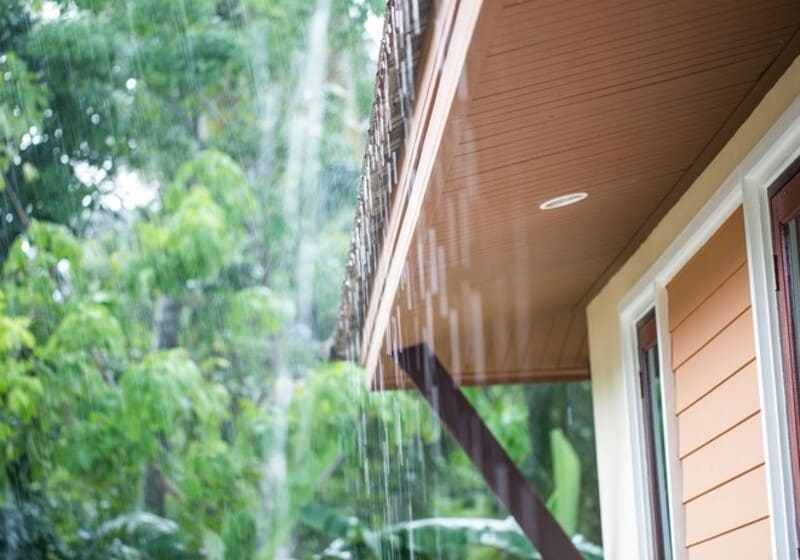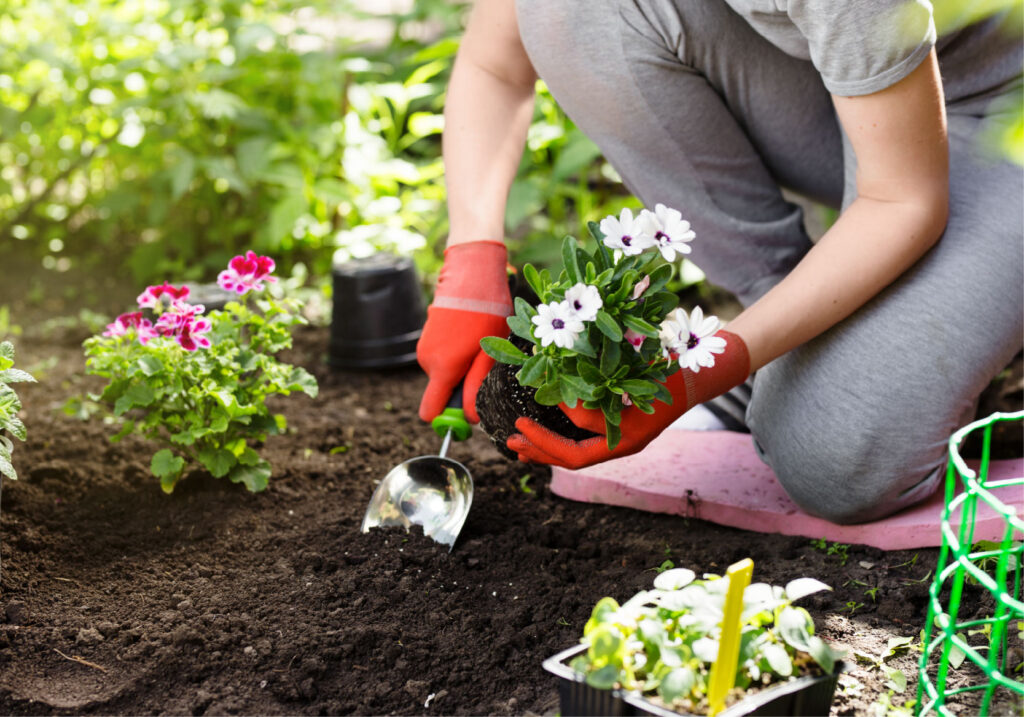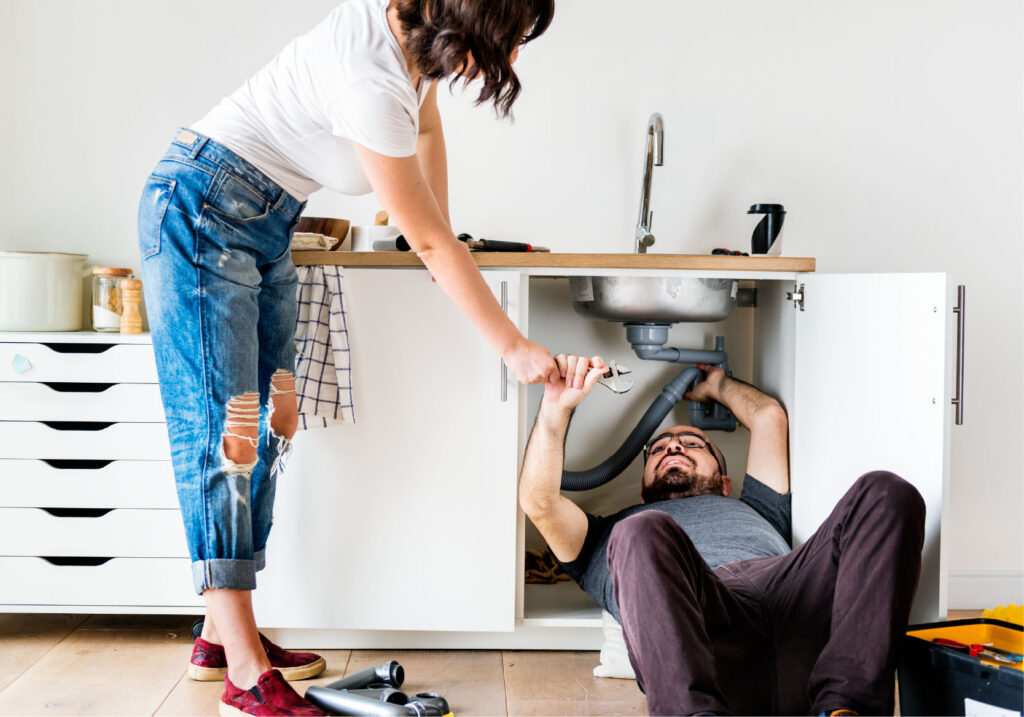The peak of hurricane season is just around the corner, so what should you do to prepare? Besides taking every step necessary to make sure your family stays safe, there are also things you can do to protect your home and valuable property. Here are six things you can do right now to prep for the coming storms.
1. Strap down your roof.
If you have access to your attic, you can provide extra strength and protection from high winds with hurricane straps. These come in the form of metal straps or clips that tie your roof to the frame of your house so the roof is less likely to suffer damage from hurricane-force winds. If you live in certain states like Florida, your roof may already have these straps as they’re required by law for new construction. If you don’t have them, you can add them for about $500.
2. Install storm shutters.
It’s also a good idea to protect your windows as much as you can, because you never know what the wind will be blowing. Storm shutters close and lock over your windows, and they’re made of impact-resistant materials like steel or aluminum. There are many different types and models available—storm panels are the most inexpensive option at roughly $7 per square foot, while other types like roll-down and accordion shutters are easier for one person to operate.
3. Test your sump pump.
Sump pumps are designed to run in the background, so unfortunately they’re not often at the front of your mind. In possible flooding situations, though, your sump pump is your best friend. To make sure your home is ready for a hurricane, take the time to see if your sump pump is working correctly. First, remove the cover and look at the water level—if it’s low, that’s a good indication that it’s working as it should. Next, check the outlet pipe for blockages and clear out any that you see. Afterward, pour a bucket of water into the pit—the sump pump should turn on when the water level reaches a predetermined threshold.
4. Caulk around windows and doors.
Wind-blown rain will inevitably find its way into your home through any cracks around doorways or windows. Over time, caulk begins to deteriorate due to changes in temperature and humidity, sunlight and more, so before the storm hits, go around your home’s exterior and re-caulk any questionable seals. Do this at least a few days prior to any rain, because fresh caulk has to have time to cure before it can stand up to the elements.
5. Pay attention to awnings and carports.
Take a quick look around your house—if you see any awnings, carports or other structures that look like they could take off in a storm, they probably will if they’re not securely tied to the ground. Wherever a post supporting these structures meets the ground, make sure that it’s firmly anchored with an appropriately-sized concrete footing. A hurricane-safe footing can vary in depth depending on your area’s building codes, so check with your local authority to see if yours meet the standard.
6. Get a wind mitigation inspection.
Part of keeping your home safe and secure is having proper insurance coverage on it, and this can be expensive. Having a wind mitigation inspection performed on your home can save you lots of money in the long run by lowering your homeowner’s insurance premiums. During an inspection, your inspector documents the wind-mitigating features your home already has, and makes recommendations for other features you should add to make your home safer. The inspector then submits their report to your insurance company for evaluation, and you receive an insurance discount, typically as much as 30 percent.
Call National Property Inspections Today to Get Your Home Prepped
Don’t wait until the last minute to protect your home from a hurricane! Your NPI inspector can answer all your questions and perform wind mitigation inspections to save you money on your homeowner’s insurance. Find your local inspector and make an appointment today.



